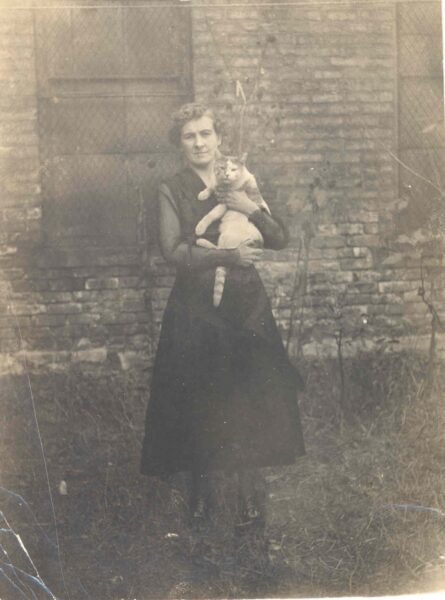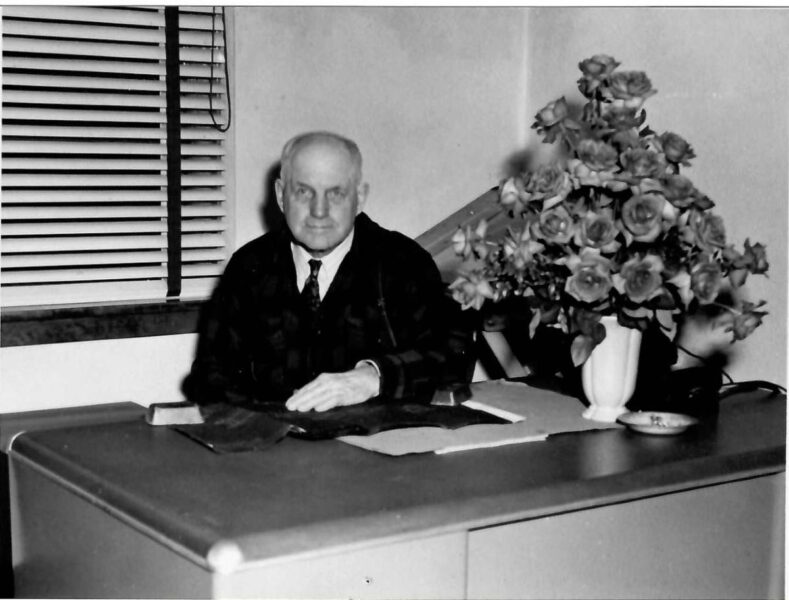
Does MPHS have photographs: Yes
Address in Mount Prospect:
Birth Date: Circ 1908
Death Date: April 2000
Marriage: No
Interesting information on life, career, accomplishments
Thela Nipper was better known as “Idyl” the nickname her father gave her after reading a book titled Idyl the Girl Miner. Her nickname forecasted her industrious life. Idyl started her own business in the 1940s in Chicago and sold it just before moving to Mount Prospect. She then worked a number of different jobs, eventually retiring from Scott Foresman Publishing. However, Idyl Nipper is best known for the work she did as a volunteer. She made a career out of volunteering and certainly left her mark on the community. She first showed her flair for organizing groups while in high school in Chicago, where she started a girl’s riffle club. In Mount Prospect she is probably best known for her work with the Mount Prospect Public Library. She was the president of the board for the Friends of the Public Library and worked hard to raise money for the institution. In acknowledgement of her work, the main public meeting room at the Library is named for her. She also worked to raise money for the Maryville Academy and other schools in the area. Because of her successful fundraising, the Nipper School at Maryville in Des Plaines is named for her. She was the volunteer coordinator for the Wheeling Township’s Republican Party organization and worked with individual political candidates.
